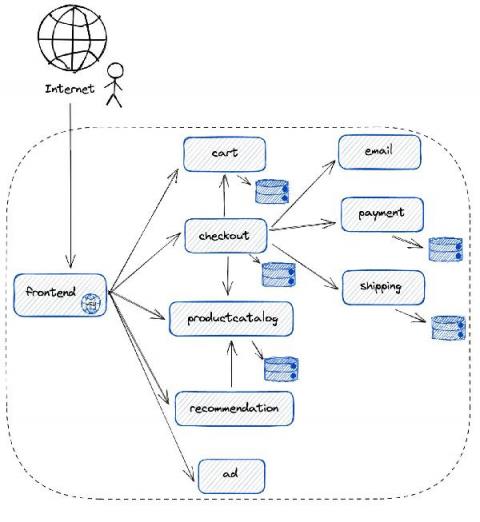Operations | Monitoring | ITSM | DevOps | Cloud
Alerting
Product Updates | April - August 2021
Here are the latest StatusHub updates for the last 3 months and news on the progress of our new control panel.
GCPDisk via Slack Based on Splunk using PagerDuty
Then and Now: Distributed Systems Alerting and Monitoring
Distributed systems are everywhere. Although many teams don’t think of their applications as distributed systems, if they’re developing using container-based microservices and serverless functions instead of a monolith, they’re creating a distributed system. This change also means that monitoring needs are becoming more complex.
From Metrics to Valuable Insights: Incident Post-Mortem Reports
IT organizations, such as managed service providers (MSPs), deploy incident alerting and on-call management solutions to accelerate software delivery and ensure seamless customer experiences. Incident alert management platforms orchestrate the distribution of alerts to ensure that technicians continue to maintain system uptime and minimize service disruptions.
Troubleshooting Outages at 3 AM with Alert Response
Automate, Group, and Get Alerted: A Best Practices Guide to Monitoring your Code - Part 1
As companies grow, so do their products, teams, and the number of external tools. For engineers, that can mean code sprawl, data silos, notification fatigue, and some “what the…?” moments along the way as they try to make sense of it all.
Splunk Alert Remediation
What Exactly is a Website Monitoring "False Alarm" and Why You Should Care About It
What Exactly is a Website Monitoring “False Alarm” and Why You Should Care About It You know what falsehoods are. You know what false teeth are. You may even know some falsehoods about false teeth. But do you know what a website monitoring false alarm (also known as a “false positive”) is? If not, then please keep reading to find out — because it’s a very big deal.











